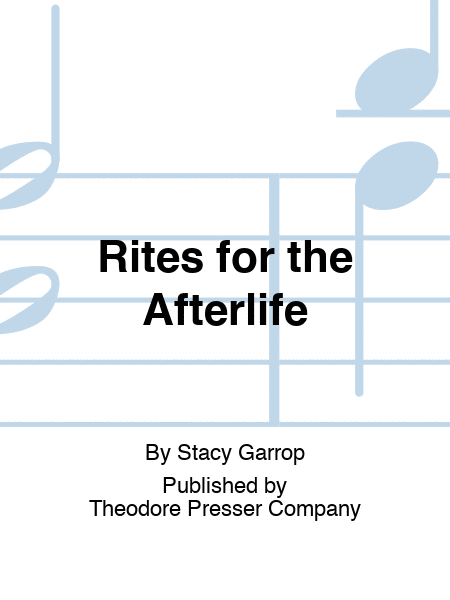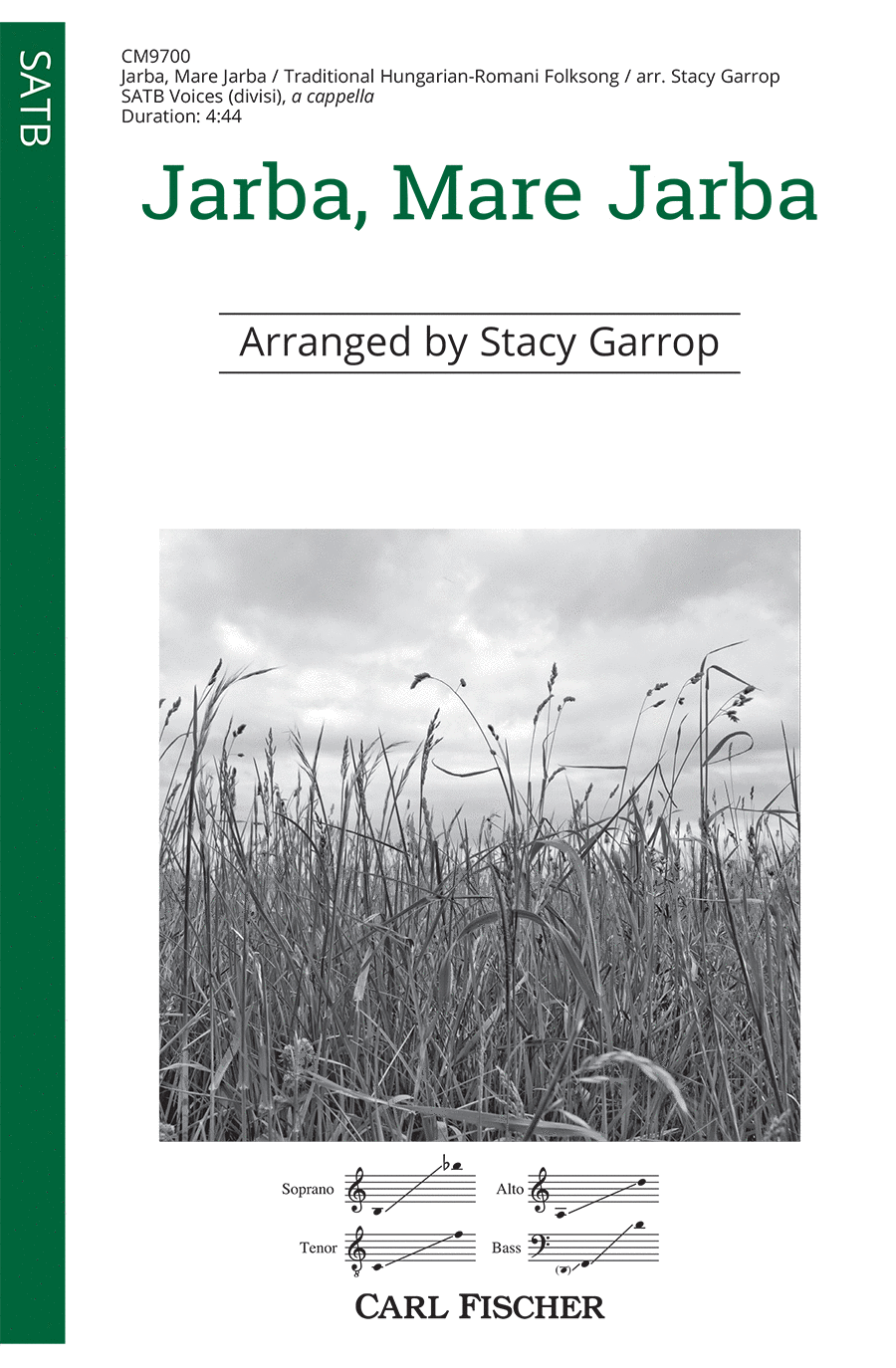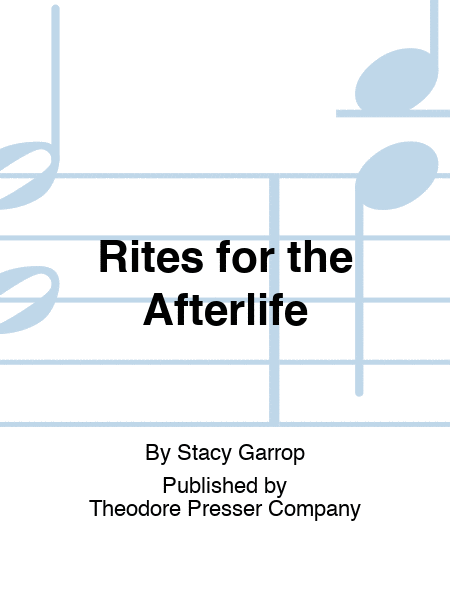Chamber Music Bass Clarinet, Bassoon, Clarinet, English Horn, Oboe, alto Saxophone, soprano Saxophone
SKU: PR.114419980
Composed by Stacy Garrop. Sws. Set of Score and Parts. 32+16+16+16+16+16 pages. Duration 16 minutes. Theodore Presser Company #114-41998. Published by Theodore Presser Company (PR.114419980).
UPC: 680160681723. 9 x 12 inches.
The ancient Egyptian empire began around 3100 B.C. and continued for over 3000 years until Alexander the Great conquered the country in 332 B.C. Over the centuries, the Egyptian empire grew and flourished into a highly developed society. They invented hieroglyphics, built towering pyramids (including the Great Pyramid of Giza, the oldest of the Seven Wonders of the World), and the created many household items we still use today, including toothbrushes, toothpaste, eyeliner, black ink, and the forerunner of modern-day paper. Included among their achievements were a series of highly developed funerary practices and beliefs in the Afterlife. As the average lifespan of an Egyptian hovered around 30 years, living past the death of oneAs physical body was a legitimate concern. Egyptians believed that upon death, their souls would undertake a harrowing journey through the Netherworld. If they survived the horrific creatures and arduous trials that awaited them, then their souls would be reunified with their bodies (hence the need to preserve the body through mummification) and live forever in a perfect version of the life they had lived in Egypt. To achieve this, Egyptians devised around 200 magical spells and incantations to aid souls on the path to the Afterlife. These spells are collectively called The Book of the Dead. Particular spells would be chosen by the family of the deceased and inscribed on the tombAs walls and scrolls of papyrus, as well as on a stone scarab placed over the deceasedAs heart. Subsequent collections of spells and mortuary texts, such as The Book of Gates, assisted a soul in navigating the twelve stages of the Netherworld. Not only did these spells protect and guide the soul on this dangerous path, but they also served as a safeguard against any unbecoming behavior an Egyptian did while alive. For instance, if a person had robbed another while alive, there was a spell that would prevent the soulAs heart from revealing the truth when in the Hall of Judgment. Rites for the Afterlife follows the path of a soul to the Afterlife. In Inscriptions from the Book of the Dead (movement 1), the soul leaves the body and begins the journey, protected by spells and incantations written on the tombAs walls. In Passage though the Netherworld (movement 2), the soul is now on a funerary barque, being towed through the Netherworld by four of the regionAs inhabitants. We hear the soul slowly chanting incantations as the barque encounters demons, serpents, crocodiles, lakes of fire, and other terrors. The soul arrives at The Hall of Judgment in movement 3. Standing before forty-two divine judges, the soul addresses each by name and gives a A!negative confessionA(r) connected to each judge (i.e. A!I did not rob,A(r) A!I did not do violence,A(r) and so on). Afterwards, the soulAs heart is put on a scale to be weighed against a feather of MaAat, the goddess of truth. If the heart weighs more than the feather, it will be eaten by Ammut, a hideous creature that lies in wait below the scale, and the soul will die a second and permanent death (this was the worst fear of the Egyptians). But if the heart is in balance with the feather, the soul proceeds onward. The final stage of the journey is the arrival at The Field of Reeds (movement 4), which is a perfect mirror image of the soulAs life in ancient Egypt. The soul reunites with deceased family members, makes sacrifices to the Egyptian gods and goddess, harvests crops from plentiful fields of wheat under a brilliant blue sky, and lives forever next to the abundant and nourishing waters of the Nile. Rites for the Afterlife was commissioned by the Barlow Endowment on behalf of the Akropolis Reed Quintet, Calefax Reed Quintet, and the Brigham Young University Reed Quintet. -S.G.
Publisher : Theodore Presser Co.$53.00 - See more - Buy online
 (AMERICAN COMPANY)
(AMERICAN COMPANY) 


